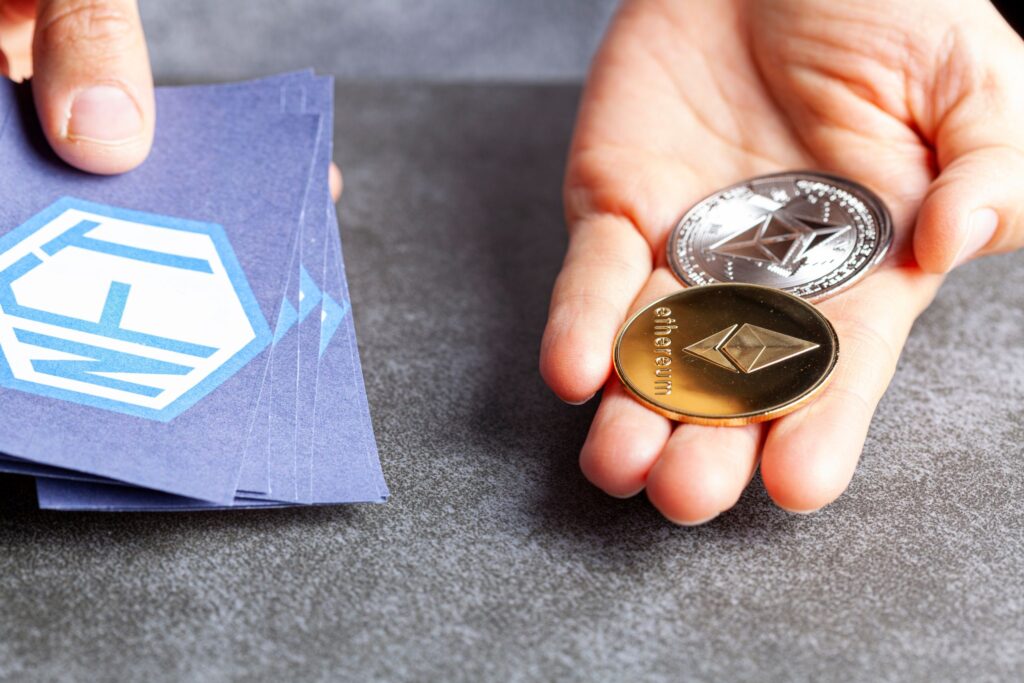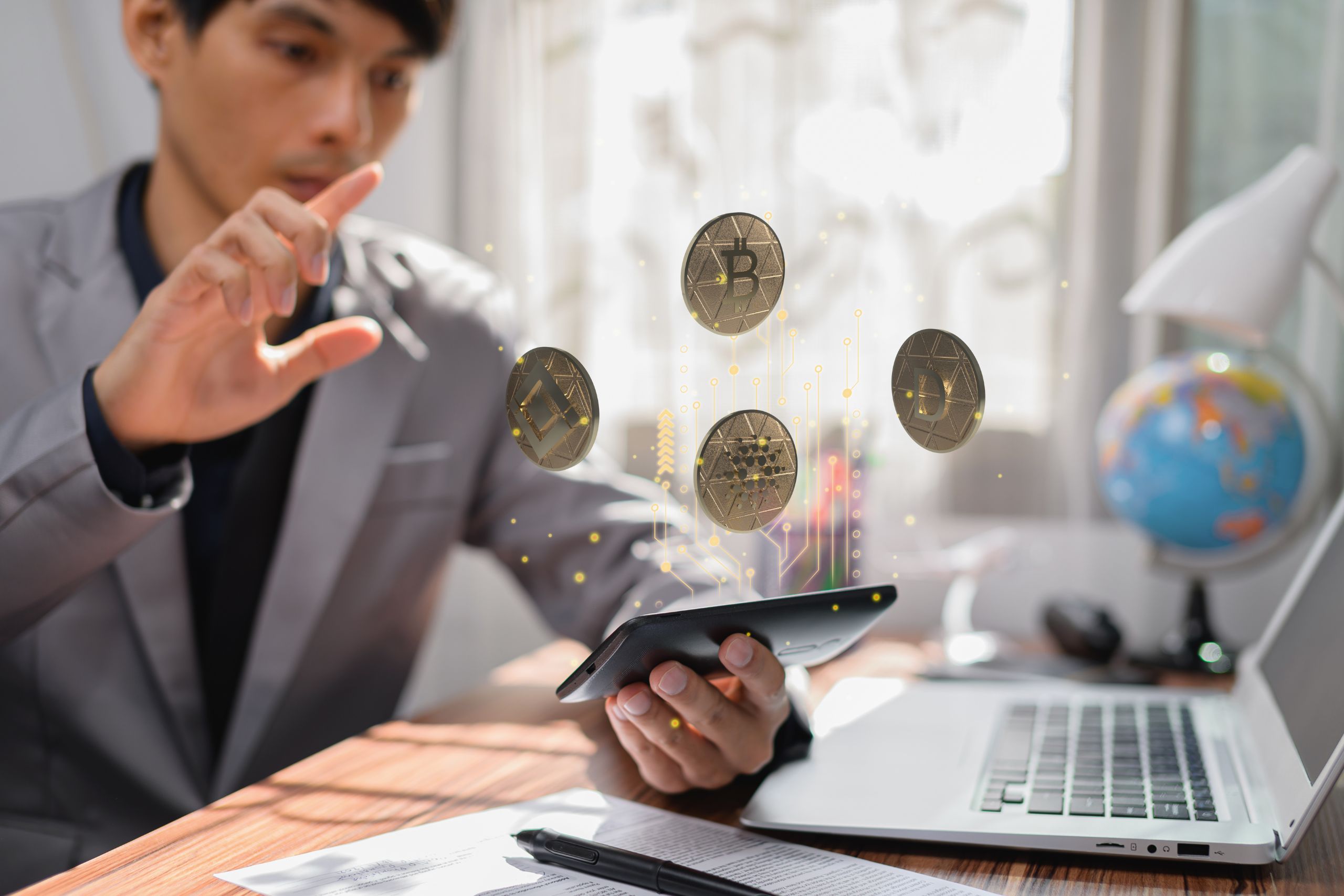Are you a collector or investor looking for a new and exciting opportunity? Look no further than the world of NFTs. Non-fungible tokens, or NFTs, have taken the art and collectibles market by storm, offering a unique and groundbreaking way to buy and sell digital assets. Whether you’re an art enthusiast or a savvy investor, understanding the ins and outs of NFTs is crucial to navigating this new frontier successfully.
In recent years, cryptocurrencies like Bitcoin and Ethereum have gained significant attention and popularity. But now, a new type of digital asset is making waves in the financial world: NFTs. These tokens represent ownership of a unique digital item, such as artwork, music, or even virtual real estate. With high-profile sales grabbing headlines and the market growing rapidly, NFTs have become a hot topic of conversation among collectors and investors alike.
For those seeking new opportunities in the world of collecting and investing, NFTs offer a fresh and exciting avenue. However, navigating this new frontier requires a deep understanding of the market, the risks involved, and the potential for significant returns. In this article, we will explore the world of NFTs, examining the benefits and pitfalls of investing in these digital assets and providing valuable insights to help you make informed decisions in this booming market.
What Is Driving Demand for NFTs?
The demand for non-fungible tokens (NFTs) has grown significantly in recent years, sparking curiosity and interest from both investors and collectors alike. As technology continues to evolve, NFTs have become increasingly popular due to their unique digital ownership and provenance capabilities. This has led to a surge in demand for NFTs, driven by various factors including the digital art market, decentralized finance, and the rise of virtual reality. Understanding the driving forces behind this demand can provide valuable insights into the growing popularity of NFTs and their potential impact on the future of art and digital ownership.

Attention Of Artists
NFTs provide artists with numerous opportunities to monetize their digital creations and gain ongoing income. Through direct monetization, artists can sell digital artworks as NFTs, allowing them to receive direct payments from collectors and enthusiasts. Additionally, artists can earn royalties from secondary sales of their NFTs, ensuring ongoing income as their digital creations increase in value over time. This provides a steady stream of income for artists, something that is often lacking in the traditional art world.
Furthermore, NFTs offer artists increased visibility and engagement with a global community of collectors and enthusiasts. This exposure allows artists to reach a wider audience and build a dedicated fan base, ultimately leading to increased opportunities for collaboration, exhibitions, and sales. By leveraging NFTs, artists can connect with a global network of art lovers and collectors, expanding their reach far beyond what was once possible.
Overall, NFTs present a transformative opportunity for artists to not only monetize their digital creations directly but also to earn ongoing income from secondary sales and gain exposure and engagement with a global community of collectors and enthusiasts. This new technology has the potential to revolutionize the way artists create, distribute, and profit from their work.
Digital Assets As Collectibles
Digital assets, such as non-fungible tokens (NFTs), can be treated as collectibles due to their unique features and appeal to collectors. One of the key aspects that make digital collectibles unique is their blockchain technology, which provides scarcity, provenance, and authenticity. This makes them a secure and transparent investment for collectors. Additionally, digital collectibles can have dynamic features, such as interactive elements, animations, and sound, which are not possible with traditional physical collectibles.
Some popular examples of digital collectibles include CryptoKitties, NBA Top Shot, and digital art by Beeple. These digital assets have had a significant impact on the market, with some NFTs selling for millions of dollars. The appeal to collectors is the exclusivity and ownership of a unique piece in the digital world, as well as the potential for appreciation in value over time.
Overall, digital collectibles offer a new and exciting frontier for collectors, combining technology, art, and investment opportunities in a way that traditional collectibles cannot. As the market for digital assets continues to grow, their impact on the world of collecting is undeniable.
Investment Opportunities And Returns On Investments
The NFT market presents a range of investment opportunities with the potential for significant returns. Investing in NFTs allows for portfolio diversification beyond traditional asset classes, offering exposure to the digital art and collectibles market. As demand for digital assets continues to grow, there is the potential for appreciation of NFTs, providing investors with the opportunity for significant returns on their investments.
Moreover, the NFT market also supports emerging artists by providing them with a platform to showcase and monetize their work. This symbiotic relationship between artists and investors within the NFT ecosystem creates an opportunity for investors to support the arts while also potentially benefiting from the appreciation of the digital assets they acquire.
NFTs offer unique investment opportunities that go beyond traditional asset classes, and as the market continues to evolve, there is the potential for substantial returns on investment. This makes the NFT market an attractive option for investors looking to diversify their portfolios and tap into the growing demand for digital assets.
Secondary Market For Trading Digital Artwork
The secondary market for trading digital artwork and NFTs has seen exponential growth in recent years, with major online platforms and marketplaces such as OpenSea, Rarible, and Foundation serving as hubs for buying and selling digital art. Fintech plays a crucial role in facilitating these transactions, providing secure payment processing, digital asset management, and blockchain technology to verify provenance and ownership. This has transformed the art investment landscape by making it more accessible and transparent, allowing investors to diversify their portfolios with digital assets.
Key advantages of trading digital artwork in the secondary market include global reach, lower transaction costs, and increased liquidity, while challenges include copyright infringement and market volatility. Additionally, there is a growing emergence of investment products and funds specializing in NFTs and digital art, offering opportunities for investors to gain exposure to this rapidly evolving market. As the demand for digital art and NFTs continues to grow, the secondary market and fintech integration will play a central role in shaping the future of art investment.
Millions Of Dollars In High-Profile Sales
Big data and art data analytics tools have had a significant impact on high-profile sales in the art market. These tools provide investors with valuable insights into market trends, helping them make informed buying decisions. By analyzing historical sales data, art collectors and investors can identify patterns and emerging trends, enabling them to strategically invest in high-profile art pieces.
Leveraging data analytics has become an essential component of successful investing in the art market. These tools play a crucial role in creating a more accessible and transparent industry by providing a wealth of information to potential buyers, allowing them to make educated decisions when investing in high-profile art.
The influence of big data on multi-million-dollar sales of high-profile art pieces is undeniable. By analyzing vast amounts of data, investors can gain a deeper understanding of the market, identifying undervalued artists or art movements and predicting potential future value. This allows investors to make informed decisions when purchasing high-profile art pieces, ultimately impacting the multi-million-dollar sales that are characteristic of the art market.
Types of NFTs Available For Investment
NFTs, or Non-Fungible Tokens, offer a wide range of investment opportunities. Digital art NFTs have gained popularity due to their uniqueness, rarity, and potential for appreciation as the value of the artwork increases. Collectibles, such as trading cards or limited edition items, attract investors looking for nostalgic or rare items that hold value over time. Virtual real estate NFTs are becoming sought after as the demand for virtual spaces and environments in the Metaverse grows. Music NFTs allow investors to own exclusive rights to music tracks, offering potential for royalties and future appreciation. Gaming assets NFTs, such as in-game items and characters, have a strong market as they offer unique and rare items that players are willing to pay for to enhance their gaming experience. Each type of NFT holds its own unique characteristics and potential for appreciation, making them attractive to a wide range of investors in the current market trends.
Advantages of Investing in NFTs
If you’re interested in exploring different investment opportunities, you may have heard about the rising popularity of non-fungible tokens (NFTs). NFTs have taken the digital and art worlds by storm, offering unique advantages for investors looking to diversify their portfolios and participate in the growing digital economy.
Low Lock-In Costs & Increased Liquidity
NFT index funds offer lower lock-in costs and increased liquidity compared to individual NFTs by pooling assets and allowing investors to trade in and out of the fund more easily. Instead of needing to invest in and manage multiple individual NFTs, investors can purchase shares in a diversified NFT index fund, reducing their lock-in costs and offering greater flexibility.
However, the unique nature and low velocity of NFTs can make it challenging for funds to curate an index and manage their portfolios efficiently. NFTs are often one-of-a-kind and may have limited trading activity, making it difficult to create and maintain an index fund that accurately represents the NFT market.
Despite these challenges, NFT index funds provide a more convenient investment vehicle for NFT investors. By pooling assets, these funds allow investors to gain exposure to a diversified portfolio of NFTs without the need to directly purchase and manage individual tokens. This not only reduces lock-in costs and increases liquidity but also provides a more accessible entry point for investors looking to participate in the NFT market.
One-To-One Basis Transactions
One-to-one basis transactions refer to direct interactions between two parties, typically involving personalized customer service or unique business deals. These transactions often occur in industries where customized attention and personalized services are essential. For example, in the luxury goods industry, high-end retailers often engage in one-to-one basis transactions to provide a tailored shopping experience for their customers. This may include personal shopping assistants, exclusive previews of new collections, and customized product recommendations.
Similarly, in the realm of high-end consulting services, one-to-one basis transactions are common. Consulting firms often provide personalized solutions and direct interactions with clients to address their unique needs and challenges. This personalized approach allows for more tailored and effective services that cater to the specific requirements of clients.
Overall, one-to-one basis transactions are crucial in industries where personalized attention and unique business deals are valued. They enable businesses to establish strong, lasting relationships with their customers and clients, ultimately leading to greater satisfaction and loyalty.

Conclusion
In conclusion, the most promising investment opportunities in the NFT space for 2023 lie within collections that demonstrate strong utility, community engagement, and potential for long-term growth. Collections such as Bored Ape Yacht Club, CryptoPunks, and Art Blocks have shown resilience in the market, with a growing demand for their unique and rare digital assets. Market trends suggest that NFTs with clear use cases, limited supply, and a strong following are likely to outperform others in the coming year. For investors looking to capitalize on the NFT boom, these collections present viable opportunities for significant returns and continued market relevance in 2023.

